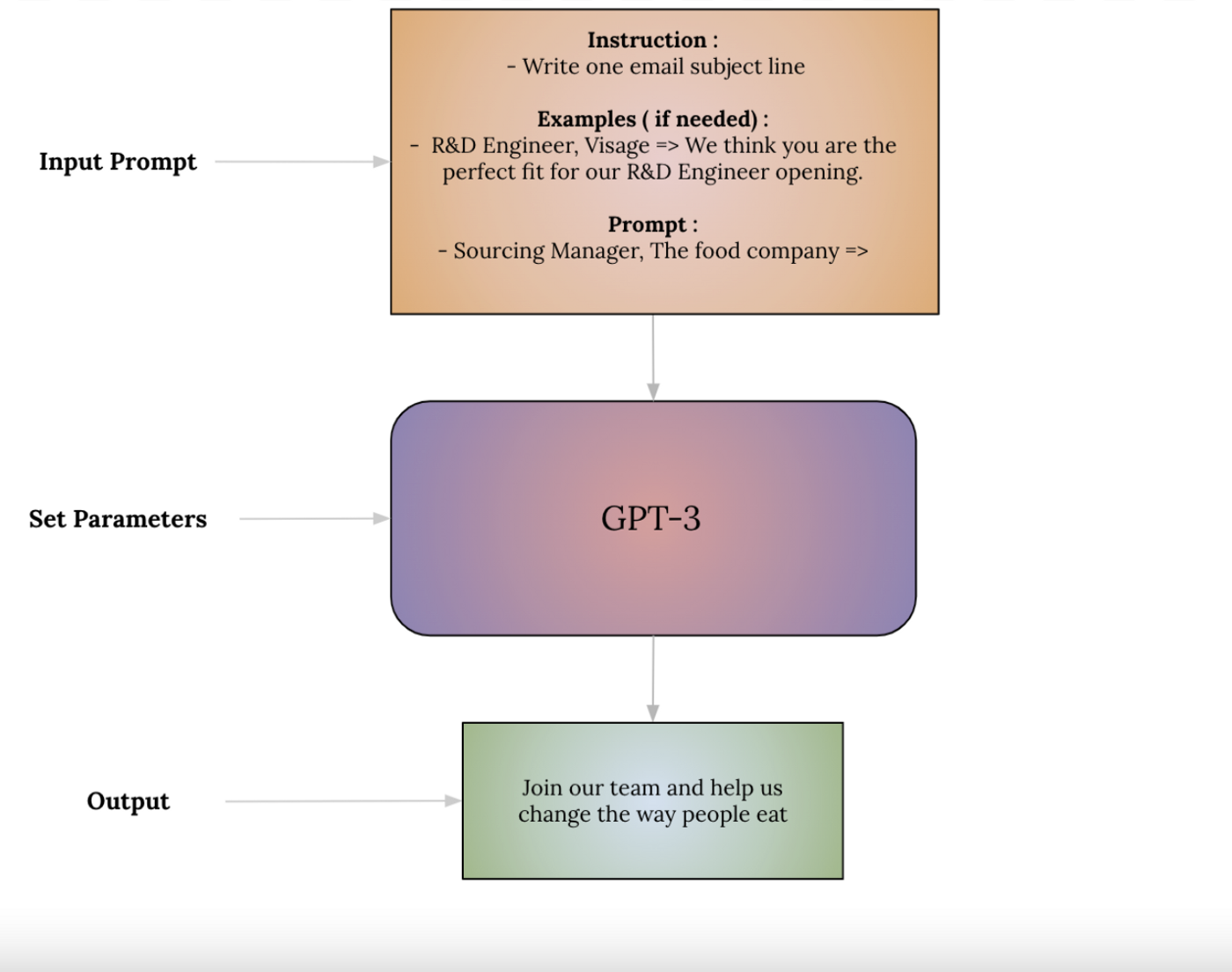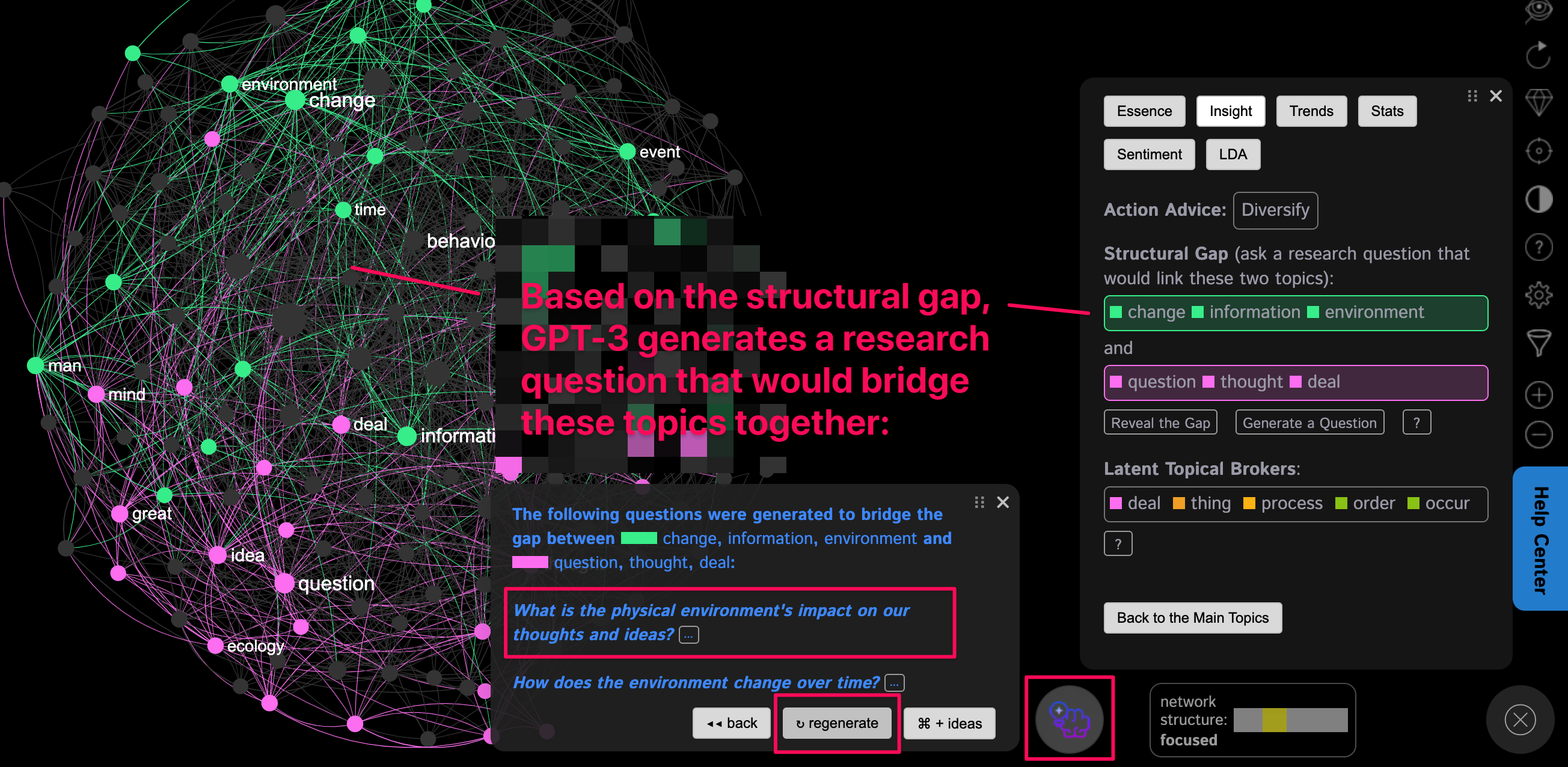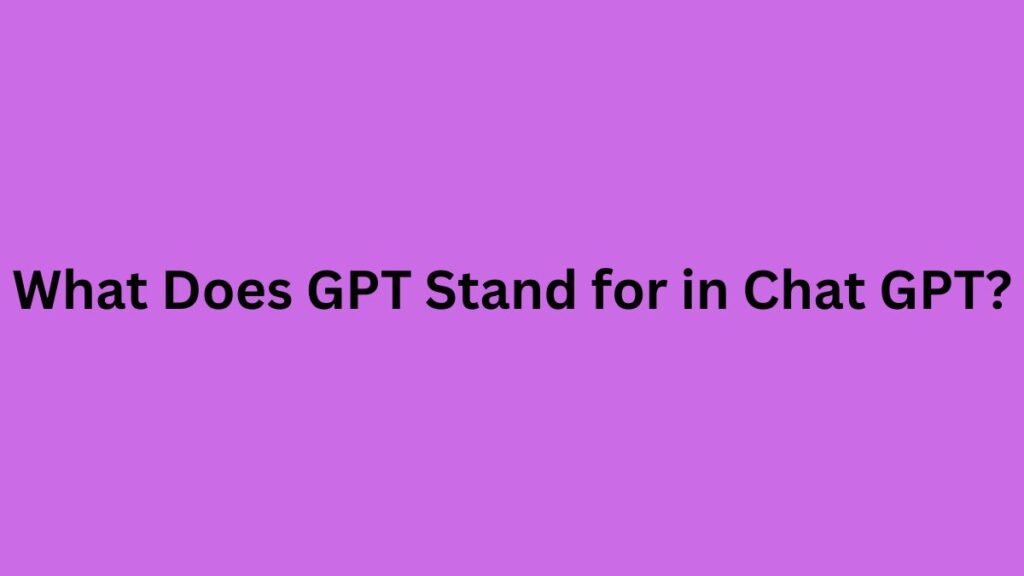Generating text with artificial intelligence is one of the most exciting fields of computer science today. The rise of advanced natural language processing (NLP) models has made text generation more powerful than ever before. GPT-3 is one of the most popular AI-based text generation models available today. This powerful text generator uses deep learning algorithms to produce text that is almost indistinguishable from human-written text.
In this article, we’ll look at how to use GPT-3 for text generation. We’ll explain how the model works, discuss the benefits of using GPT-3, and provide some tips and tricks on how to get the most out of GPT-3. Whether you’re an experienced NLP practitioner or a beginner just getting started, this guide will help you understand how to use GPT-3 to generate text quickly and effectively.
- Provide a prompt to GPT-3. This could be a sentence, a paragraph, or a topic.
- Choose the text generation model you want to use. GPT-3 has several models for text generation, each of which is suitable for different types of tasks.
- Train GPT-3 on the prompt or topic. GPT-3 can be trained on a variety of datasets, including text corpora, images, and audio.
- Generate text. Once GPT-3 is trained on the prompt or topic, it can generate text in response.
GPT-3 can also be used to generate text in comparison to other text generation models. For example, GPT-3 can be compared to LSTM, a popular recurrent neural network-based model. To generate a comparison table, you would need to run both models on the same prompt or topic, and compare their results in terms of accuracy, speed, and other metrics.

What is GPT-3?
GPT-3 is a natural language processing (NLP) model developed by OpenAI, a San Francisco-based AI research lab. This model was trained using a large dataset of text, and it is capable of generating human-like text. GPT-3 stands for “Generative Pre-trained Transformer 3,” and it is the third version of the model.
GPT-3 is an autoregressive language model, which means that it predicts the next word in a sentence given the words that came before it. It contains 175 billion parameters, making it one of the largest language models ever created. GPT-3 can generate human-like text with little to no prompting.
How to Use GPT-3 for Text Generation
Step 1: Set Up an Account
The first step to using GPT-3 for text generation is to set up an account with OpenAI. You can do this by visiting the OpenAI website and creating an account. Once you have an account, you can access the GPT-3 API, which will allow you to use GPT-3 for text generation.
Step 2: Create a Dataset
The next step is to create a dataset for GPT-3 to work with. This dataset should include a variety of text that GPT-3 can use to generate its own text. You can use an existing dataset, or you can create your own. Once you have a dataset, you can upload it to OpenAI and use it with GPT-3.
Step 3: Access the GPT-3 API
The next step is to access the GPT-3 API. To do this, you will need to sign up for an OpenAI account. Once you have an account, you can access the GPT-3 API and start generating text with GPT-3.
Step 4: Train the Model
Once you have set up your account and accessed the GPT-3 API, the next step is to train the model. This is done by feeding the model with your dataset and allowing it to learn from it. Once the model is trained, it is ready to generate text.
Step 5: Generate Text
The final step is to generate text using GPT-3. To do this, you will need to provide the model with a prompt or a sentence to start from. GPT-3 will then generate text based on the prompt, and you can tweak the text as needed.
Step 6: Evaluate the Output
Once you have generated text with GPT-3, the final step is to evaluate the output. You can do this by comparing the generated text to the original dataset and seeing how closely it matches. You can also manually evaluate the output to make sure it is of high quality.
Step 7: Publish the Output
The last step is to publish the output. You can do this by sharing it on social media, posting it in blogs or articles, or publishing it on your own website. This will allow you to show off your work and get feedback from others.
Frequently Asked Questions
GPT-3 (Generative Pre-trained Transformer 3) is an advanced artificial intelligence language model that can generate text with minimal human input. It is the latest development in natural language processing technology, and is being used in a wide range of applications.
What is GPT-3?
GPT-3 is an advanced language model developed by OpenAI, a leader in artificial intelligence research. It is based on a deep learning architecture called a Transformer, which is designed to process natural language. GPT-3 has been trained on a massive dataset of over 45TB of text from a variety of sources, including books, blogs and news articles. This enables it to generate high-quality text on any given topic with minimal human input.
How does GPT-3 work?
GPT-3 works by using a deep learning architecture called a Transformer to process natural language. It takes a sequence of natural language words, or tokens, as input and outputs a response. To generate text, GPT-3 uses a process called “masking”, where certain words are replaced with a special token. GPT-3 then predicts what the missing words should be, and generates a response. This process is repeated multiple times to generate longer and more complex text.
What are some applications of GPT-3?
GPT-3 is being used for a wide range of applications, such as natural language processing, text generation, question answering, and natural language understanding. It can generate high-quality text for chatbots, generate code from natural language descriptions, and generate answers to questions from a dataset. Additionally, GPT-3 can be used to improve search engine results and autocomplete text.
What are the advantages of GPT-3?
One of the main advantages of GPT-3 is its ability to generate high-quality text with minimal human input. Additionally, GPT-3 is extremely fast, and can generate text in a fraction of a second. Furthermore, GPT-3 requires little data and can be trained on a wide variety of datasets, making it suitable for a wide range of applications.
What are the disadvantages of GPT-3?
One of the main disadvantages of GPT-3 is that it can be prone to errors and bias. For example, there have been instances of GPT-3 generating offensive or inappropriate text. Additionally, GPT-3 can be difficult to control and understand, as it is not always clear how the model will generate a response. Finally, GPT-3 is a black box model, which can make it difficult to debug and interpret the results.

GPT-3 is an amazing tool for text generation that can help users create compelling content quickly and efficiently. It is an incredibly powerful tool that can be used to generate unique content, allowing users to write more efficiently and with greater accuracy. With GPT-3, users can create an unlimited number of unique and engaging texts.
Overall, GPT-3 is an incredibly powerful tool for text generation. It can help users create unique and engaging content quickly and efficiently. With GPT-3, users can save time while still creating compelling texts. For anyone looking to create great content without spending a lot of time, GPT-3 is an invaluable tool.

